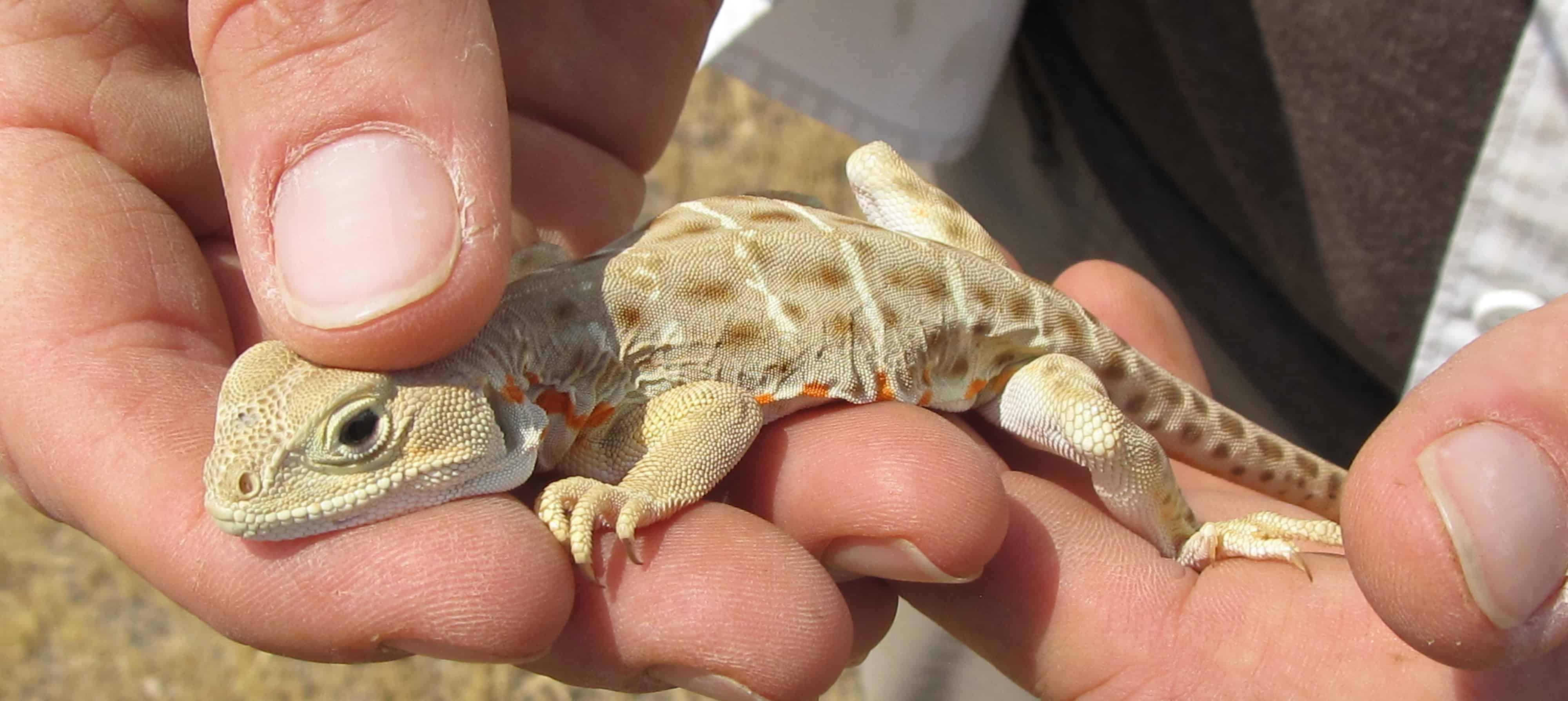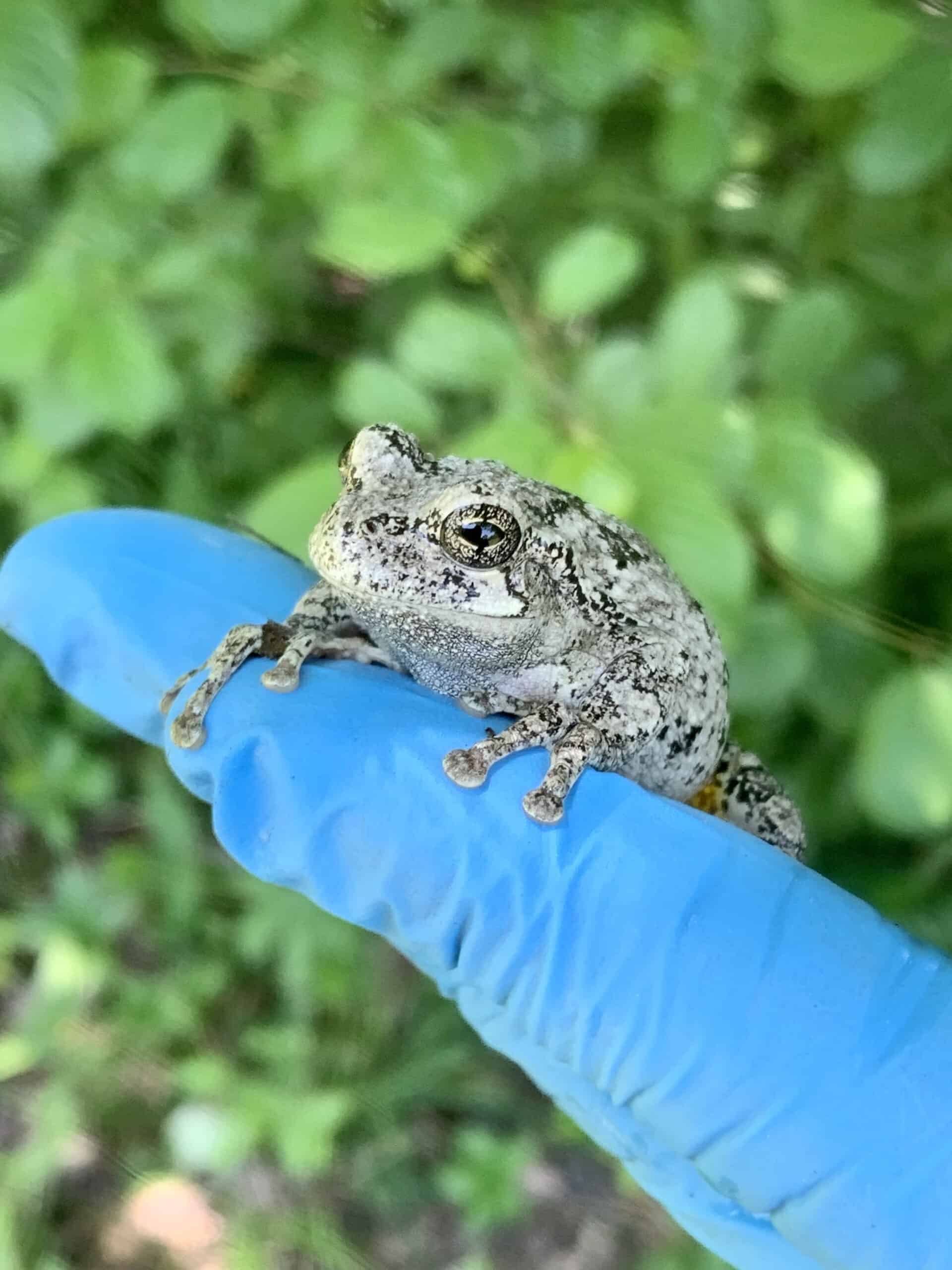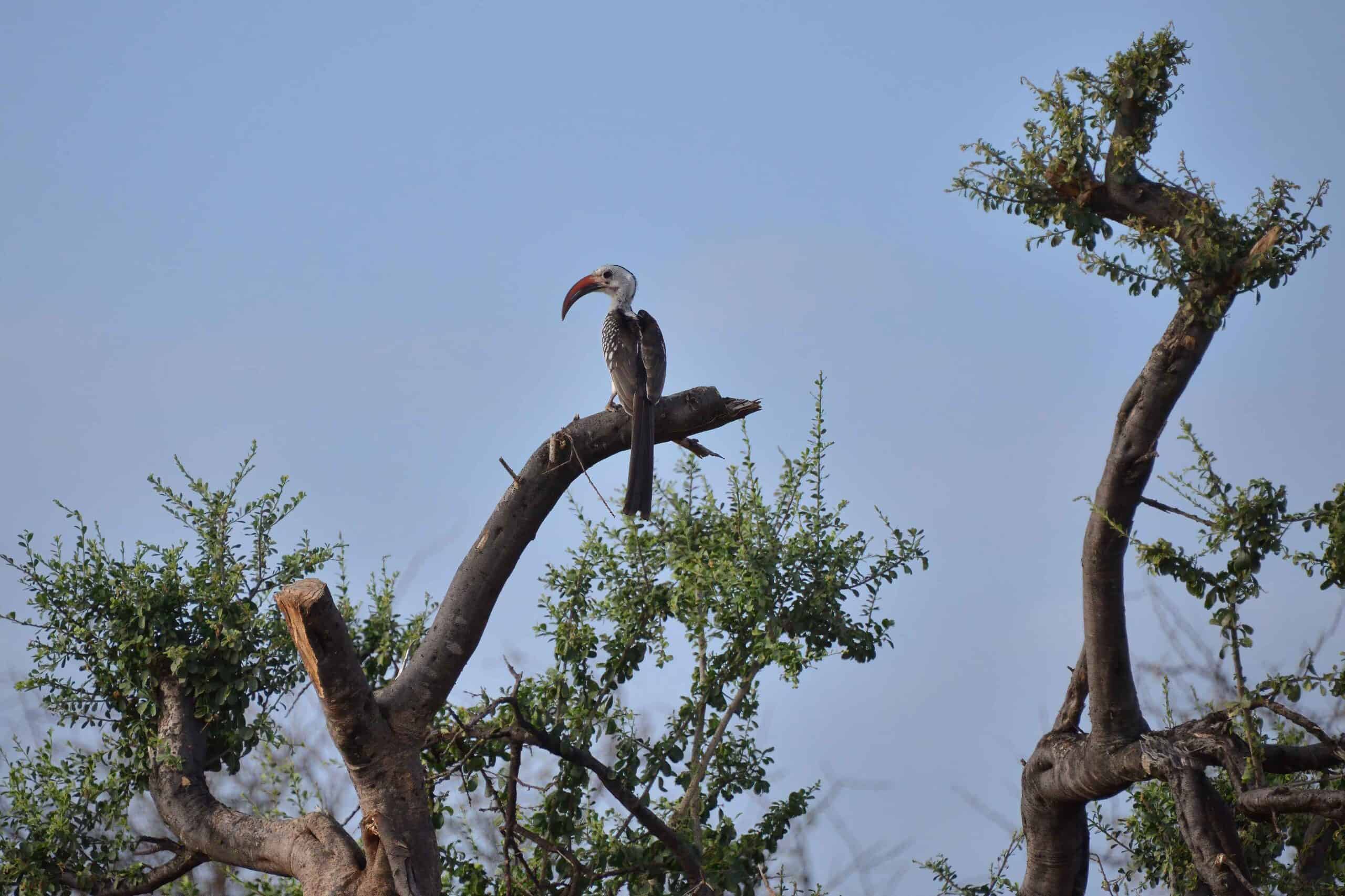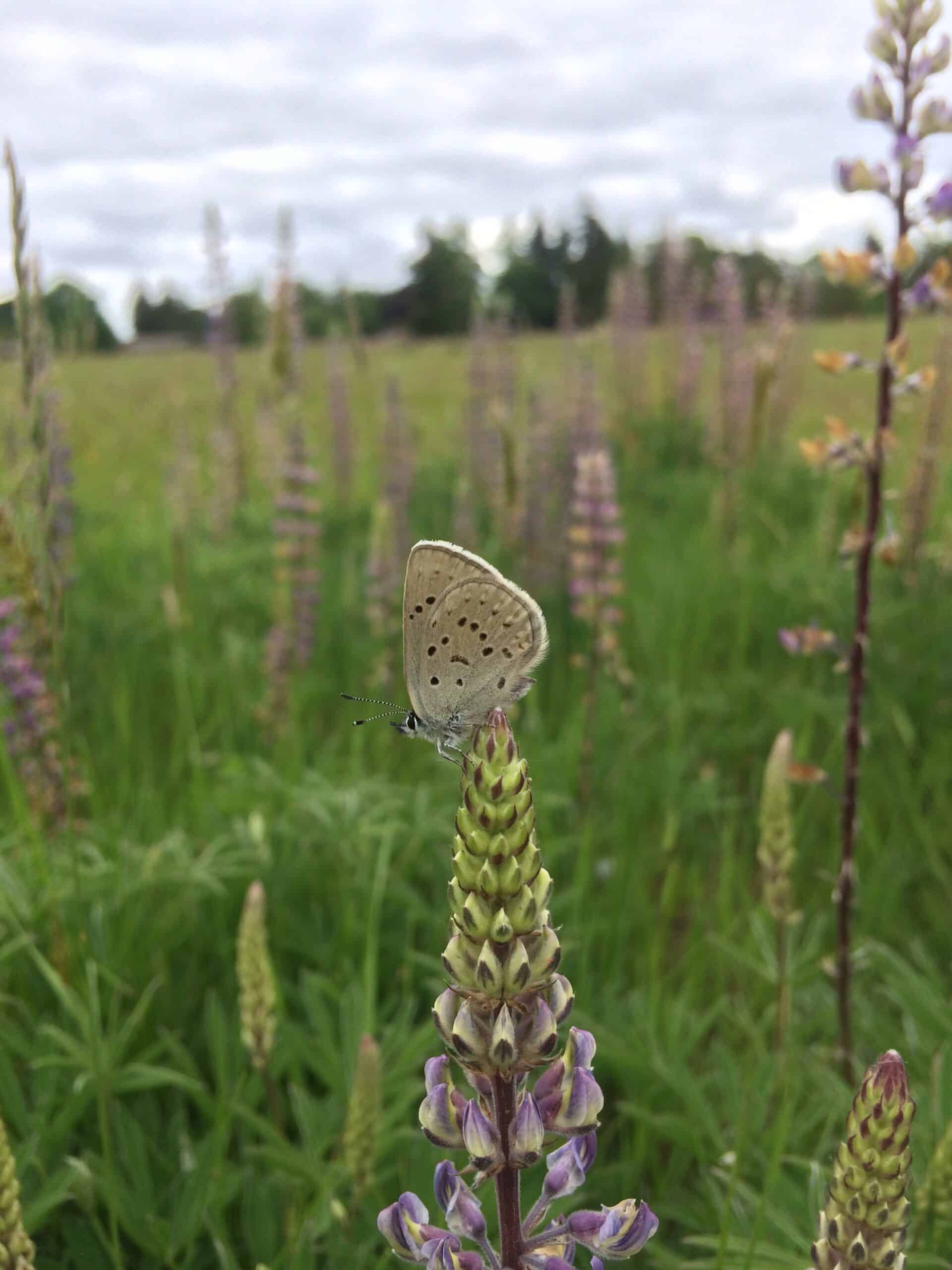Share this article
Site Visit Insights: Spotting elusive leopard lizards
Site visits are critical to helping scientists learn more about species and their habitats. The trips often take them into areas most people do not have a chance to explore, including public and privately-owned restricted sites, as well as some remote and hard-to-reach areas. “Site visit Insights” provides a behind-the-scenes perspective of wildlife biology, featuring photographs, and interesting discoveries and happenings biologists experience in the field.
In cooperation with the U.S. Fish and Wildlife Service, The Wildlife Society is pleased to share these insights.
Wildlife Biologist: Sarah Yates, fish and wildlife biologist, Sacramento Fish and Wildlife Office
Site visit location: Kern National Wildlife Refuge Complex and Semitropic Ecological Reserve, Kern County, California
What was the purpose of the site visit?
The purpose of this visit was to observe the habitat characteristics of blunt-nosed leopard lizards. I was on a team of surveyors representing 15 organizations and worked with land managers from the California Department of Fish and Wildlife on their long-term monitoring surveys.
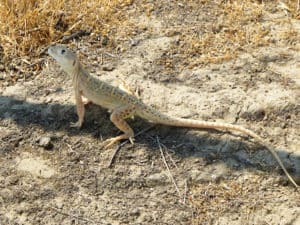
Male blunt-nosed leopard lizards are highly combative when establishing and protecting their territory. ©Sarah Yates, USFWS
Blunt-nosed leopard lizards are members of the iguana family, endemic to the valley floors and surrounding foothills of the San Joaquin Valley of Central California. They live in low-lying, open places such as sparse grasslands and habitats that are dominated by plants that grow in salty soil. They do not prefer hills that have slopes of more than 30 degrees, areas that are subject to flooding or places with dense vegetation.
Leopard lizards rely on small mammal burrows dug by rodents such as ground squirrels and kangaroo rats. These burrows provide a safe shelter to lay eggs, hide from predators, regulate body temperature and hibernate in the winter. If few burrows are present, leopard lizards will create shallow tunnels for themselves under rocks and in mounds of dirt. Their primary diet consists of insects like grasshoppers and moths. They also eat smaller reptiles like side-blotched lizards.
The blunt-nosed leopard lizard is state- and federally-listed as an endangered species. This dual status allows for a high level of protection from activities that may disturb either the species or its habitat. Population declines have been attributed to widespread development over approximately 85 percent of its native habitat, and the species is now restricted to less than 15 percent of its historical range.
Where did you go?
The site visit included stops at the Kern National Wildlife Refuge Complex and the Semitropic Ecological Reserve in Kern County, California.
A National Wildlife Refuge Complex is an administrative grouping of two or more refuges, wildlife management areas or other refuge conservation areas that are primarily managed from a central office location. Refuges are grouped into a complex structure because they are located in a similar ecological region, such as a watershed or specific habitat type, and have a related purpose and management needs. Refuges in the Kern National Wildlife Refuge Complex include the Kern National Wildlife Refuge, the Pixley National Wildlife Refuge and the Tulare Basin Wildlife Management Area.
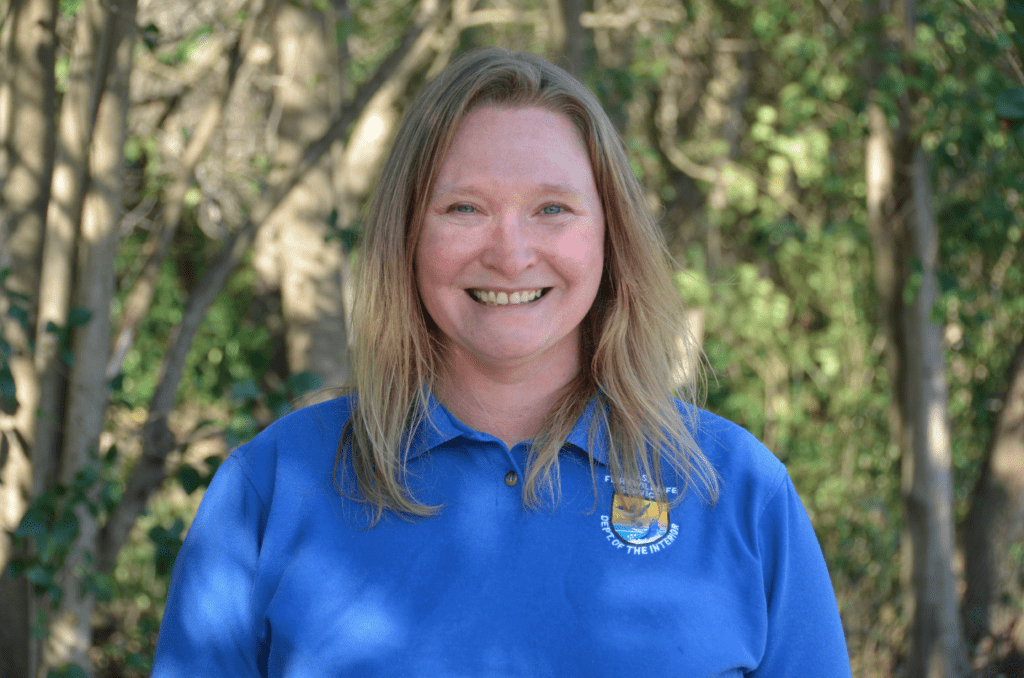
Sarah Yates is a fish and wildlife biologist in the Sacramento Fish and Wildlife Office.©Veronica Davison/USFWS
The Semitropic Ecological Reserve was designated as an ecological reserve by the California Fish and Game Commission in 2007 to offset the loss of threatened and endangered species habitat in the San Joaquin Valley. The reserve is approximately 14,900 acres, consisting primarily of nonnative grassland, shadscale scrub and alkali sink scrub vegetation types. Many sensitive wildlife and plant species have been found in the reserve and the greater Northern Semitropic Ridge.
What partners were you working with and what is the nature of SFWO’s partnership with them?
I worked with representatives from the National Wildlife Refuge System and California Department of Fish and Wildlife. At the refuge complex, endangered species confirmation surveys were being conducted by a fellow from the Directorate Resource Assistant Fellowship Program(which is support by with U.S. Fish and Wildlife Service and the Student Conservation Association).
What did you learn from this site visit that you didn’t know before?
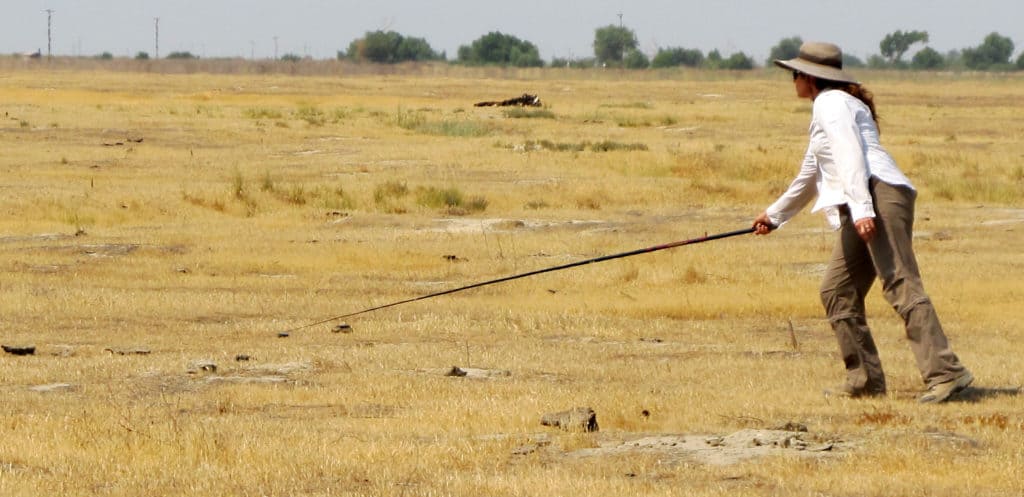
California Department of Fish and Wildlife Land Manager Reagen O’Leary uses a noose pole to capture a lizard for data collection. ©Sarah Yates, USFWS
I learned how elusive these show-stopping lizards can be. The adults were relatively large (about the size of a ruler) and had distinctive color that stood out from their surroundings. The underside of their heads and bodies was a vivid white and the females still had their breeding colors of bright red-orange spots on the sides of their heads and bodies. Despite being so distinctive, these leopard lizards made themselves scarce, retreating into small mammal burrows in the blink of an eye. On the trip into one of the sites we did not see a single lizard. On the same trip out less than a few hours later we counted more than a dozen out in the open during the hottest part of the day.
What surprises did you encounter during the site visit?
I was surprised by the number of different species I observed in a variety of habitats over a reasonably small area. On this visit there were groups of long-billed curlews and Swainson’s hawks hunting in an alfalfa field. In the evening Tipton’s and Heerman’s kangaroo rats were hopping around the alkali sink scrub with San Joaquin kit foxes and burrowing owls “on their tails.” The early morning chorus of bird songs at the Kern refuge could have rivaled a small orchestra, in spite of it being summertime. As for the leopard lizard, the charismatic population of adults, sub-adults and juveniles that I encountered exceeded all my expectations.
The U.S. Fish and Wildlife Service is a Strategic Partner of The Wildlife Society.
Header Image: When breeding, female blunt-nosed leopard lizards display bright red-orange spots on the sides of their heads and bodies. ©Sarah Yates, USFWS



